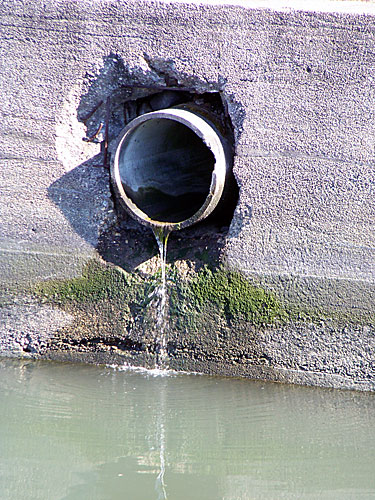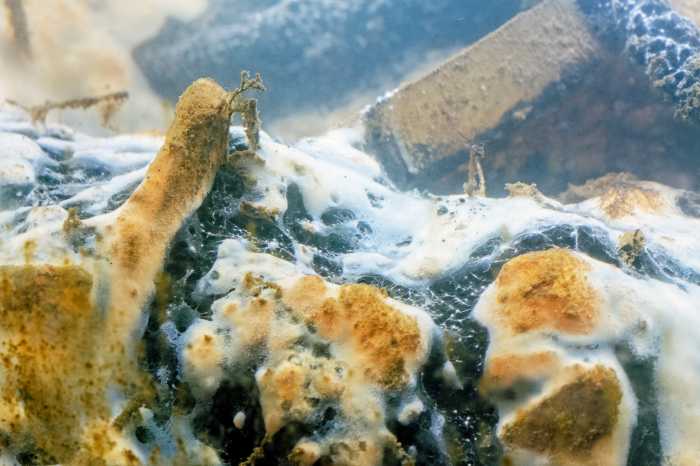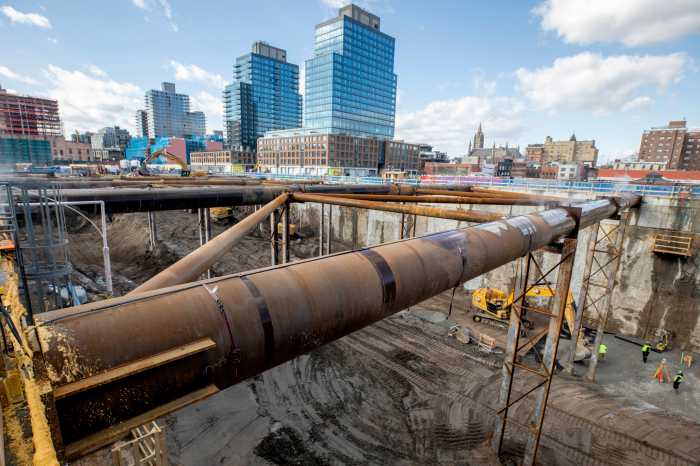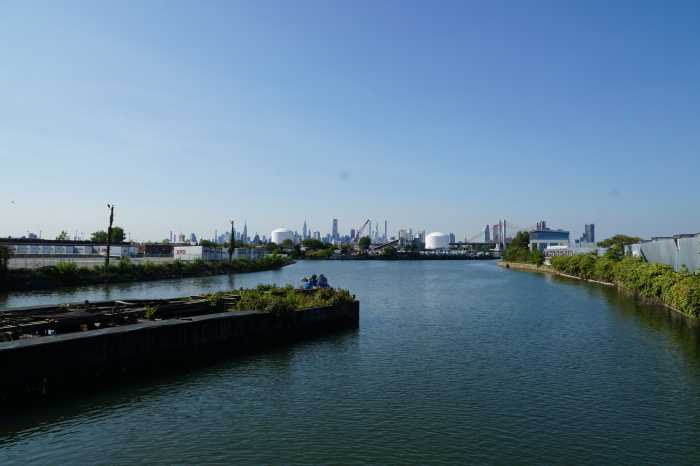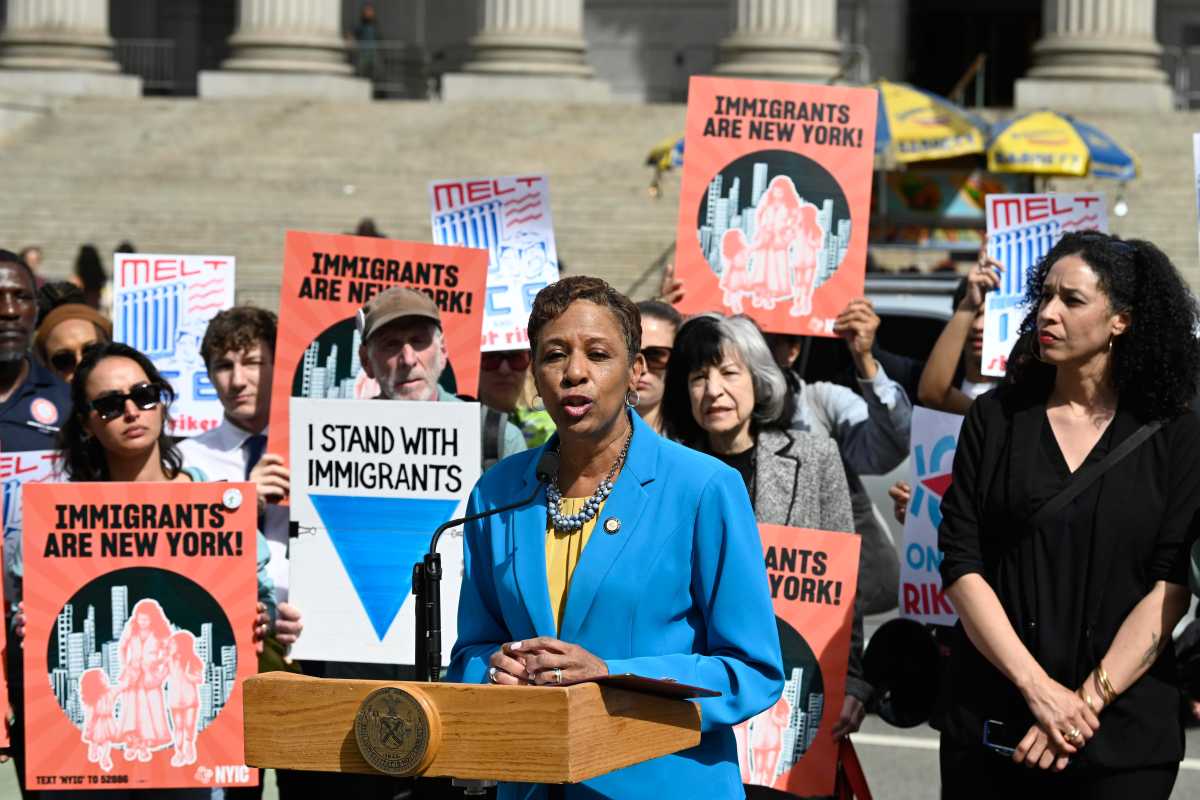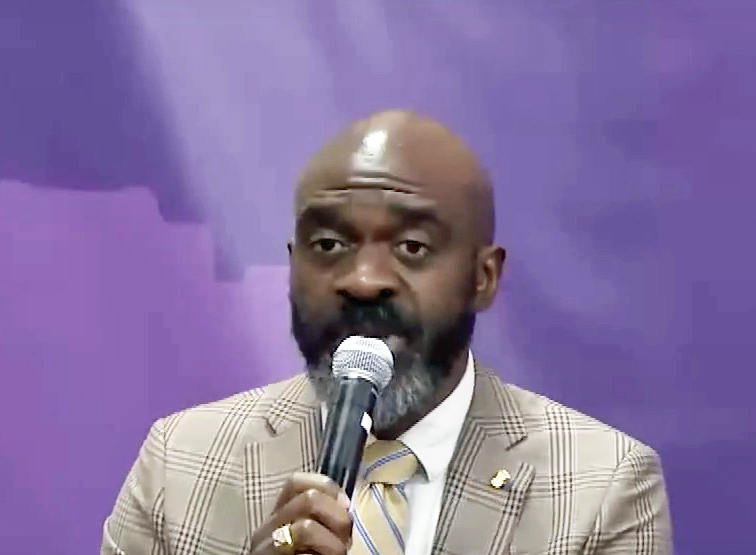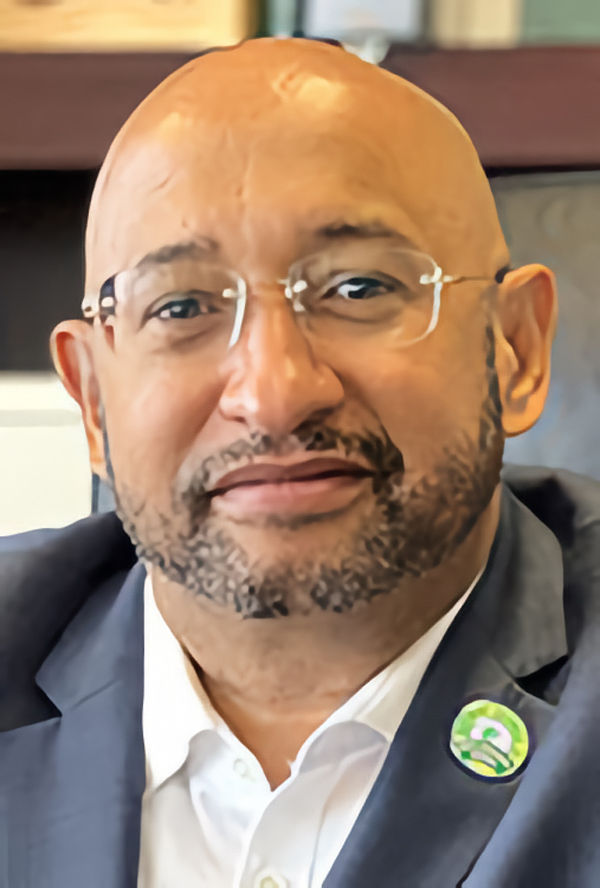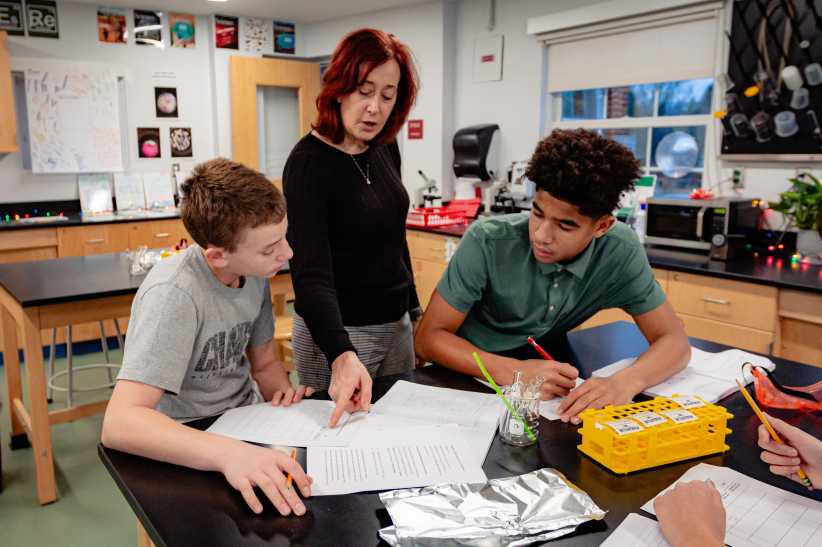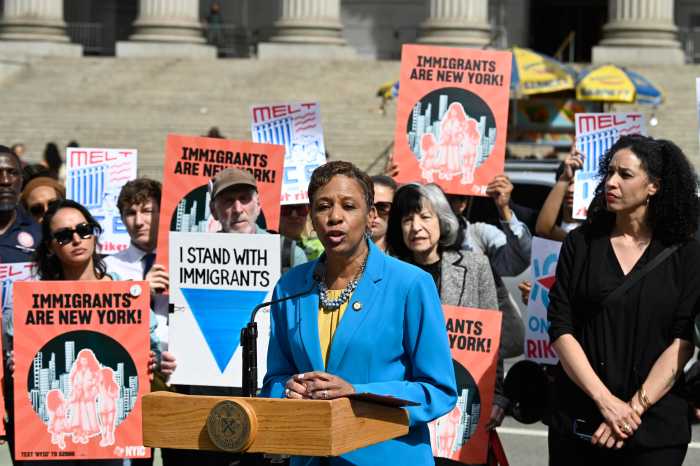The federal government will force the city to prevent millions of gallons of raw sewage from polluting the Gowanus Canal in a surprising addition to the much-hyped Superfund cleanup — likely through the construction of massive, $78-million catch basins buried alongside the banks of the fetid waterway.
Two gigantic holding tanks would catch storm water and hazardous raw human waste discharged when sewers overflow during storms at the head of the canal near Butler Street and at the middle of the waterway near Third Street, according to the Environmental Protection Agency’s newly revealed half-billon-dollar proposal.
Combatting sewage overflow was not the initial focus of the Superfund plan, which will dredge 10 feet of highly contaminated muck at the canal floor and cover it with a protective cap of sand, clay and gravel to prevent remaining toxins from seeping back into the ecosystem.
The feds originally targeted the crud at the bottom of the canal because it was known to be loaded with dozens of dangerous contaminants including heavy metals like mercury, lead, copper, and other chemicals, but when investigators found cancer-causing compounds laden with gasoline, diesel, and coal tar residues in sewage runoff, they ordered the city to keep toxins out of the waterway.
“When we were doing the investigation three or four years ago we did not know whether or not the [combined sewage overflows] were an ongoing source of chemical pollution — now we know,” said EPA regional administrator Walter Mugdan.
Superfund rules require the city to take some form of action — and building and maintaining the underground basins on city-owned land near the canal is far cheaper than reworking the neighborhood’s sewers to keep overflow out of the canal when rains flood the system.
The feds suggest catch basins at the two outfall sites that currently spew most of the harmful runoff into the waterway. The proposed tanks will hold up to eight million gallons of runoff until storms pass, then push the slop back through sewers to the Red Hook and Owl’s Head wastewater treatment plants — reducing raw sewage discharges into the canal by an estimated 58 to 74 percent.
Officials say sewage isn’t the primary form of pollution in the canal — but dredging the foul crud from the bottom of the waterway will serve little use if runoff recontaminates it every time it rains.
“The [combined sewage overflows] are not the dominant source of toxic pollution at this point, but they are an important source of it and the importance of that source will increase when the other sources are cut off,” Mugdan said. “[It] needs to be controlled in order to get the full cleanup.”
Neighborhood activists expected the Superfund cleanup to focus exclusively on the toxic canal-bed, and they are thrilled the feds will target the discharge, and the nasty stench that comes with it.
“We have been trying to get the city to do something about the [sewer] pollution forever,” said Linda Mariano, co-founder of Friends and Residents of the Greater Gowanus. “It’s a very good thing that they are going to make the effort. That’s what we have been advocating for, for all of these years — I’m happy.”
The details of the plan are not yet set in stone — the feds will finalize the proposal within the next year after a 90-day public commentary period including two eagerly anticipated community meetings on Jan. 23 and Jan. 24.
For now, the city says it will do what it has to do to clean up the canal.
“We look forward to carefully reviewing the details of the EPA’s proposal and working with our state and federal partners to improve water quality and support the cleanup of the canal,” said the city’s Department of Environmental Protection in a statement.
Along with the city, the feds have tapped three-dozen polluters to foot the bill for the cleanup, which is expected to cost between $467 million to $504-million, including the energy giant National Grid, formerly the Brooklyn Union Gas company, Con Edison, and Verizon.
The worst contamination of the 150-year-old Gowanus Canal comes from its past as a major industrial transportation route for manufactured gas plants, paper mills, tanneries, and other chemical plants that operated along its banks, agency officials said.
From the 1860s to the late 1950s, the waterway fueled the nation’s growth into an industrial power — but in the process, generated a byproduct called coal tar that contains an array of hazardous compounds and has seeped 150 feet down below the canal.
The state’s Department of Environmental Conversation will oversee the cleanup of polluted plots of land where three gas plants once stood along the canal and will hold responsible National Grid, the company that inherited legal liability.
The Superfund cleanup proposal also calls for:
• Blocking of any illegal hookup into the city’s sewer system that pollutes that canal.
• Seven options for dredging the waterway.
• Seven options for treating and disposing of the foul gunk scraped up from the canal-bed, either on-site or out of Brooklyn, where it will be burned, turned into fuel, or used as landfill.
• Supplementary techniques to keep sewer water out of the canal including street-level plantings and water-retaining green spaces, funded by federal and city grants.
Federal officials say that the three-dozen potentially responsible parties will have the option to choose how exactly to dispose of the toxic waste under the oversight of the EPA — but no matter what they choose they will cover the costs.
After the plan is finalized, there will be an estimated two-year design phase and the actual cleanup will go on until about 2020, agency officials said.
Environmental Protection Agency public meetings on Superfund cleanup proposal at PS 58 (330 Smith St. near Carroll St. in Carroll Gardens) on Jan. 23 at 7 pm and at Joseph Miccio Community Center (110 W. Ninth St. near Henry St.) on Jan. 24 at 7 pm. The agency will accept written and public comments on the proposal until Mar. 28, 2013. E-mail gowanuscanalcomments.region2@epa.gov or write to:
Christos Tsiamis, project manager
Central New York Remediation Section
US Environmental Protection Agency
290 Broadway, 20th floor
New York, NY 10007-1866


